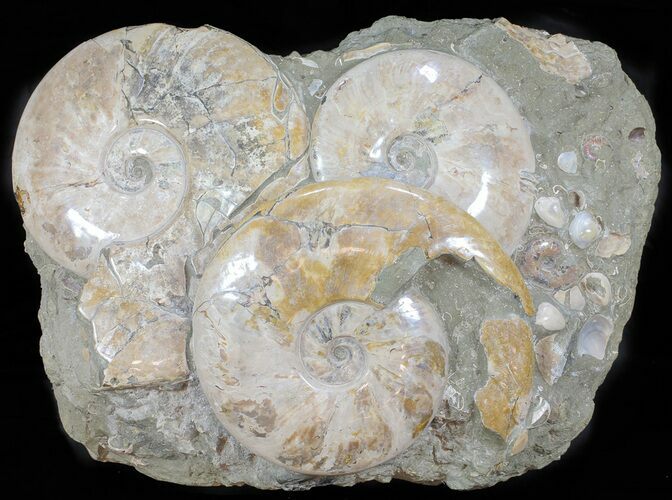

It is not really a steep climb but a steady climb. We've rated this as a terrain 4.5 as you have to cross a creek and it is about a 45 minute hike up the draw of a small tributary which may involve scrambling over or around a few rocks. no date: Strata: Fort Worth Period: Cretaceous (100 mya) Fort Worth, TX. Formation: Duck Creek Period: Cretaceous (100-101 mya) Tarrant Co., TX. To log this cache, do not post, but email answers.ģ) Facing uphill, what small earth event happened to the left of the fossil?Ĥ) What is the elevation at the ammonite? A cache of ammonites found close together. Also please respect the area as it is on private property. It is ok to access the ammonite but you are using the property at YOUR OWN RISK. There is a Private Property sign about 200 meters before the place to park. Please take only pictures and leave the area as found for others to enjoy. The ammonites became extinct at the end of the Cretaceous Period, at roughly the same time as the dinosaurs disappeared. The Jurassic Period began about 201 million years ago, and the Cretaceous ended about 66 million years ago. Together, these represent a time interval of about 140 million years. This fossil dates back some150 million years when this area was a seabed.Īmmonites lived during the periods of Earth history known as the Jurassic and Cretaceous. Instead their conical shells were uncoiled in a wide variety of shapes. Unlike most ammonoids, heteromorphs were not tightly coiled. This ammonite is one of the largest ammonite fossils ever found. Heteromorph ammonites were ammonoid cephalopods with unusual shell shape that were particularly diverse during the Cretaceous period (145-66 million years ago). This fossil was discovered in 1947 by Chuck Newmarch of the British Columbia Geological Survey. ROCKS, LOGS, SOILĪmmonites are the fossilized, hard shells of extinct mollusks.


 0 kommentar(er)
0 kommentar(er)
